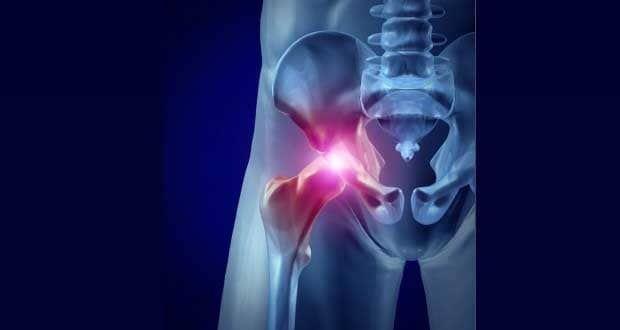Femoroacetabular impingement syndrome, also called hip impingement syndrome, is a painful overuse condition frequently developed by athletes. The syndrome arises when there is abnormal contact between the acetabulum (socket) and femoral head (ball) of the hip joint. Activities that demand extreme range of motion like dance or gymnastics, or anatomical abnormalities within the joint itself are common underlying causes of FAIS.
- Hip or groin pain during certain movements or in certain positions
- Pain in the low back, buttocks or thighs
- Clicking, catching or locking of the hip joint
- Stiffness and reduced hip range of motion
The pain and discomfort of FAIS can dramatically reduce performance and limit joint function in otherwise healthy individuals.
Arthroscopic surgery is a common treatment approach for athlete’s experiencing FAIS, and some studies have shown a high rate of return-to-sport after surgery, with one review reporting an 87% success rate. However, it remains unclear whether athletes are returning to their pre-injury sport at the same level of performance.
A Study on FAIS Surgery and Return-to-Sport
In a 2018 study, Ishoi et al. wanted to determine the post-surgical return-to-sport rate of athletes, at pre-injury levels of performance, after hip arthroscopy for FAIS. The study followed up on189 athletes aged 18 to 32, one to three years after surgery, using a return-to-sport questionnaire.
Here are the study results:
- 51% (108 athletes) were playing their pre-injury sport at their pre-injury level of performance.
- 42.9% (81 athletes) were unable to return to their pre-injury sport at the same level of performance.
- Of the 108 athletes who did return to sport, 29.6%, or one out of three athletes, reported full sports participation with optimal performance.
The authors concluded that 51% was much lower than the 87% reported in the aforementioned literature review, which they attributed to a clearer and stricter definition of return to sport in their study.
Many athletes and coaches assume that surgery is the shortest route to return-to-play, yet many athletes are unable to resume their pre-injury sport at the same level of performance after surgery. Moreover, without proper rehabilitation, an athlete’s risk of re-injury is high, meaning a shortened career span.
Numerous reports have compared surgical outcomes to those of conservative physical therapy treatment and found them to be similar. The expense and health risks inherent in any type of surgery make it a less desirable choice for many athletes with FAIS.
The sports medicine team at NYDNRehab uses the latest technology and innovative therapeutic treatments to rehabilitate athletes for return-to-play. We use real-time diagnostic ultrasound to identify the exact nature and severity of your injury and track your progress.
Our gait analysis and retraining lab is equipped with state-of-the-art technology to identify and optimize movement mechanics. Our goal is to eliminate pain, correct abnormalities and optimize performance, so you can return-to-play in peak condition, with minimal risk of re-injury.
Source
Ishøi, Lasse, et al. “Return to sport and performance after hip arthroscopy for femoroacetabular impingement in 18-to 30-year-old athletes: a cross-sectional cohort study of 189 athletes.” The American journal of sports medicine 46.11 (2018): 2578-2587.


























































